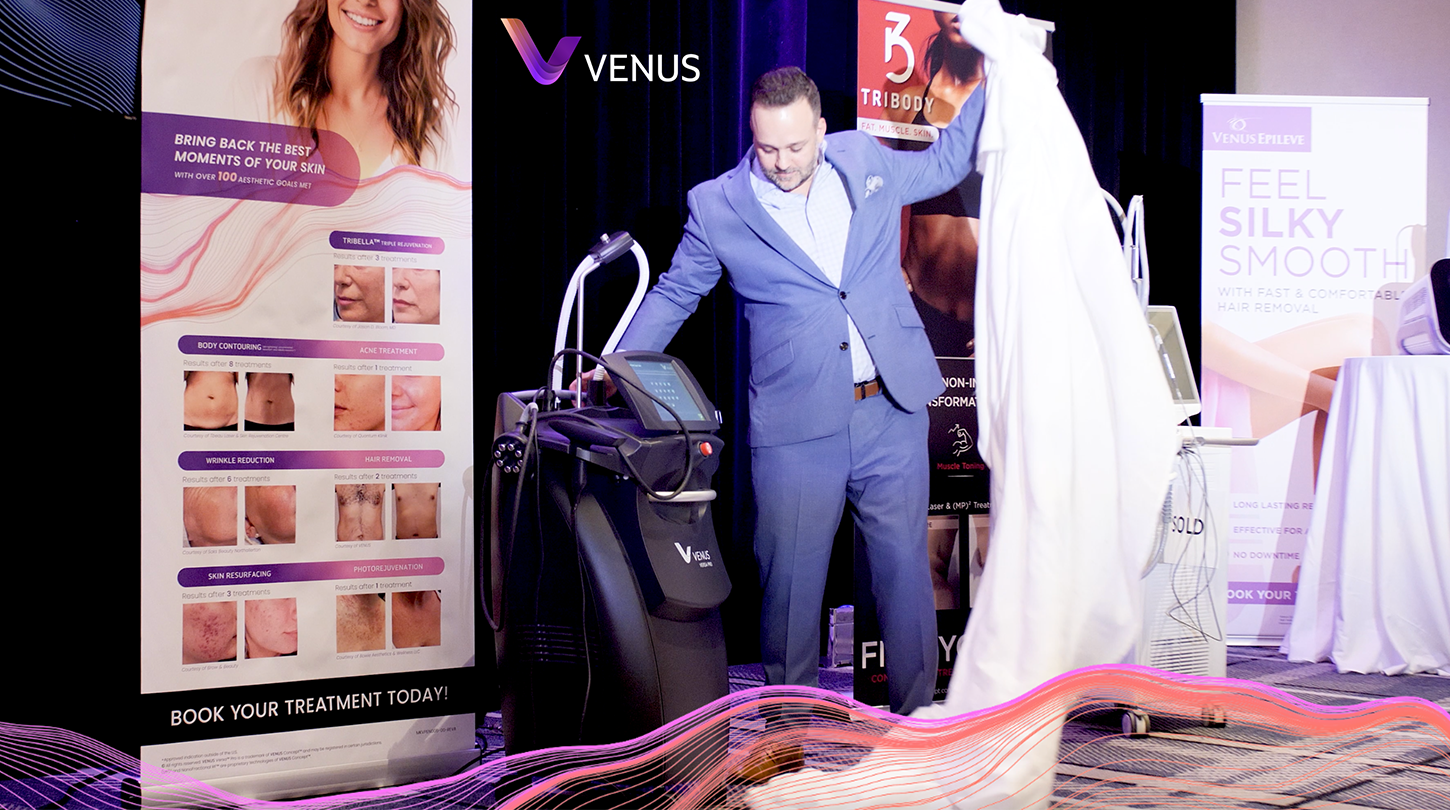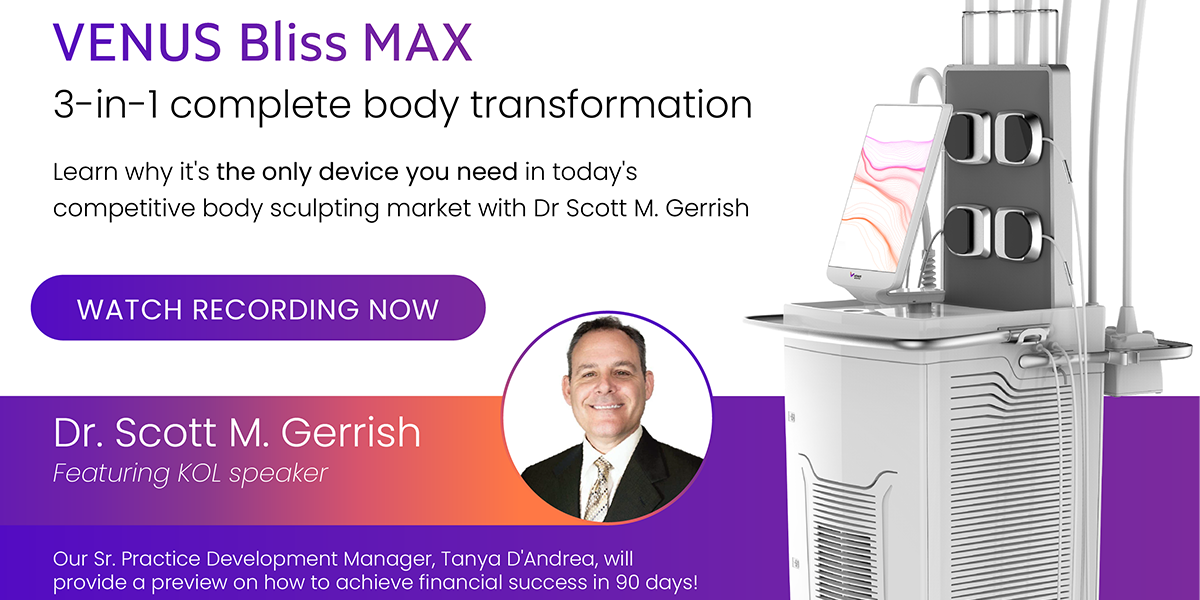3-Step Guide to Heal Summer Soft Tissue Injuries Faster

It’s summertime and that likely means a spike in patients presenting with soft tissue injuries in your clinic. According to the Centers for Disease Control and Prevention (CDC), sports and recreational activities alone account for 8.6 million soft tissue injuries annually and you can bet a large number of those occur as we all get out to enjoy the summer sun. Of course, good weather also tends to see a spike in construction and contractor work, leading to increased occupation-related injuries as businesses lengthen hours to take advantage of longer, warmer days. The key to serving all of these prospective patients well, while also ensuring they can get back to their active lifestyles sooner, is a comprehensive treatment plan.
With a packed clinic schedule, it can be tough to ensure top customer service with every appointment. To help keep your clinic on the right track and consistently deliver only the best to your patients, we’ve created a simple three-step guide you can use to help your patients prevent and treat acute injuries while seeking out more comprehensive in-clinic treatments. The end result is accelerated healing, improved rehabilitation, and a consistently higher rating in customer satisfaction for your clinic.
Step 1: Prevention
While this step may seem a little late for many patients, it remains an important starting point. By reviewing how an injury may have occurred and providing tips on injury prevention, you empower patients with the tools they need to avoid re-injury in the future. Reviewing details and providing future action points may also help to calm patient concerns while improving your clinic’s overall patient satisfaction rating.
Some prevention tips you may offer to patients, alongside more specific stretches and exercises based on the location of the injury and its cause, include the following:
- Use the right equipment: Let patients know that poorly fitting equipment or using incorrect equipment altogether can increase their chance of sustaining a soft tissue injury, particularly for activities in which they may not partake year-round. As an example, for those who suffer increased back pain while gardening, longer handles on gardening equipment to support proper posture may be the answer. Alternatively, having the right shoes that offer ankle and arch support for a hike are necessary; street-style running shoes simply won’t offer enough support and could risk a sprain or soft tissue injury in the Achilles. Consider what may have caused the patient’s injury and make suggestions based on their unique case.
- Practice proper form and technique: Even for those who occasionally golf, hike, or casually participate in another sport should consider proper forms and techniques to help prevent injury. Suggesting patients take a quick lesson with a golf professional before their first round of the year to refresh their technique and check in on form may be a strong example of a helpful suggestion. Similarly, workplace safety courses or videos can be beneficial for those returning to seasonal work. We can change a lot in a year, so short classes to refresh our memories and ensure we’re still using proper form are invaluable.
- Stretching and Exercise: Having simple brochures available outlining some common warm-up exercises and follow-up stretches patients can use prior to increased summertime activity is a simple tool that can help immensely. Depending on each patient’s needs, you may outline specific stretches that can benefit an injured area as well, helping to support the recovery of optimal flexibility and range of motion.
- Rest: Summer is a busy time for most. Between new outdoor sports, heavier workloads, and more active vacations and social outings, it’s possible that your patients simply need a reminder to rest. While a change in activity can help, balancing activities that mainly draw energy from the upper or lower body is ideal to limit strain on specific areas of the body. Workers should also ensure they’re taking the necessary time off between shifts to allow the body to properly rest and recuperate.
Whatever advice you’re giving to your patients, creating a handout, brochure, or even a template form to fill in with custom recommendations will show your patients that you’re invested in helping them heal and prevent further summer soft tissue injuries.
Step 2: Early Treatment
Helping patients get a head start with at-home treatments for acute injuries before they arrive at your clinic can help improve the outcome of in-clinic treatments. When patients call in for an appointment, have your receptionist or dedicated patient care coordinator take some preliminary information regarding their injury. Based on the information provided, your patient care coordinator can recommend some at-home treatments patients can use before their appointment to help manage pain, inflammation, and blood flow to the damaged tissue.
One of the main recommendations your patient care coordinator may offer patients as an initial response in the first 24 to 72 hours post-injury, during the acute stage of injury, is the RICE method. Touted as very effective by the American Academy of Orthopaedic Surgeons (AAOS), the RICE method recommends rest, ice, compression, and elevation for treating soft tissue injuries like sprains and strains. Alternatively, some experts argue that MICE—movement, ice, compression, and elevation—may be a better approach, allowing patients to gently stretch and exercise range of motion without applying weight or strain to the injured tissue. Resting helps to slow down bleeding in injured tissue to prevent further damage, while icing the injured area helps to reduce blood flow and ease pain.
Remind patients to only apply an ice pack or plastic bag filled with crushed ice to skin if wrapped in a wet towel to prevent ice burns, and to only leave it on the injured area for about 15 minutes every two hours. Compression also helps to optimize blood flow and reduce inflammation, while elevation reduces bleeding and swelling by moving fluids away from the site of injury. All of these recommendations will offer patients actionable advice that can help to speed up healing and improve their overall outcomes well before their first appointment.
Step 3: In-Clinic Treatments for Improved Recovery
While there are plenty of in-clinic treatment protocols you may consider for your patients (you can discover all the different soft tissue injury treatment technologies here ), one of the newest advances in energy-based soft tissue injury treatments is the combination of Multi-Polar Radio Frequency (RF) and Pulsed Electro Magnetic Fields (PEMF) to deliver synergistic benefits for accelerated reparation, compared to traditional physiotherapy treatments alone.
Both Multi-Polar RF and PEMF are well-validated approaches to treating soft tissue injuries. Multi-Polar RF has been proven to deliver deep, homogeneous thermal energy resulting in deep-tissue regeneration and remodeling. PEMF induces an electromagnetic field in targeted injured tissue, stimulating connective tissue, blood vessels, and muscles. Combined in the Venus Heal™ , these two modalities stimulate tissue metabolism, blood perfusion, lymphatic drainage, and the proliferation of new collagen, fibroblasts, tissue fibers, and blood vessels—all benefiting accelerated healing. With regular Venus Heal™ treatments paired with massage, superior soft tissue injury rehabilitation may be achieved.
Interested in learning more about the benefits of Venus Heal™ as part of a comprehensive soft tissue injury treatment program? Contact an expert today!

Why Venus
Body Devices
Body Treatments
Face & Skin Devices
Face & Skin Treatments
Hair Restoration Devices
Hair Removal Devices
Legal
For more information call: (888) 907-0115 // info@venusconcept.com // 235 Yorkland Blvd., Suite 900, Toronto, ON, M2J 4Y8 Canada
For more information call: (888) 907-0115 // info@venusconcept.com // 235 Yorkland Blvd., Suite 900, Toronto, ON M2J 4T8 Canada






